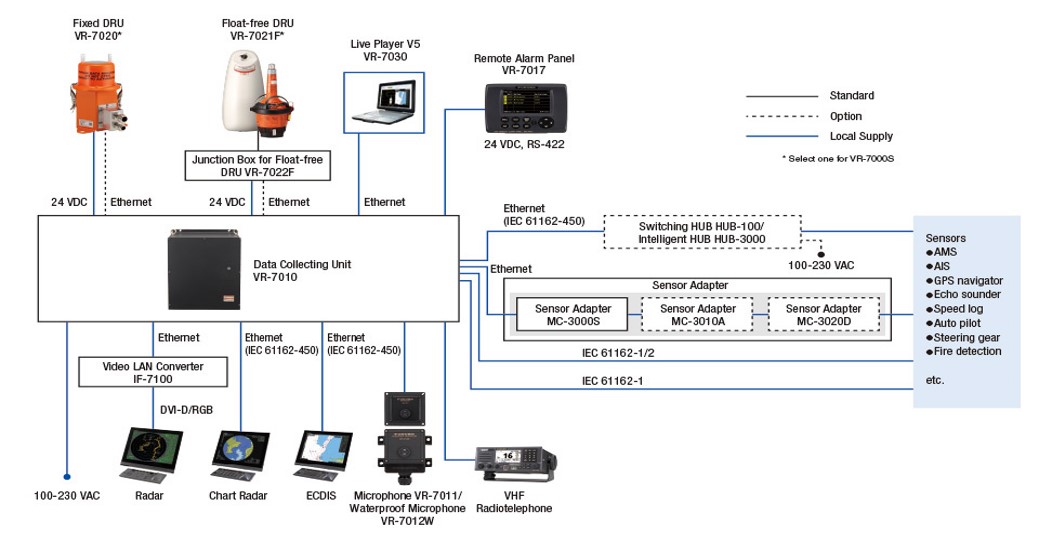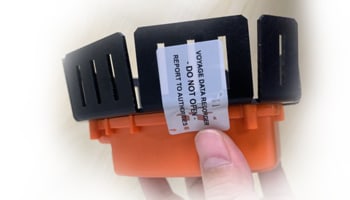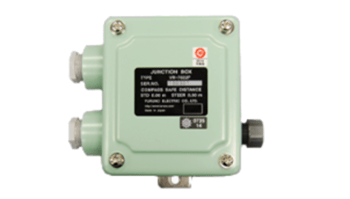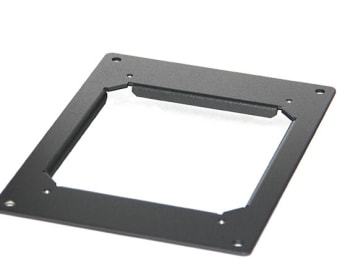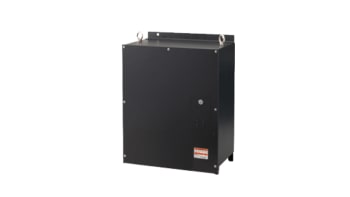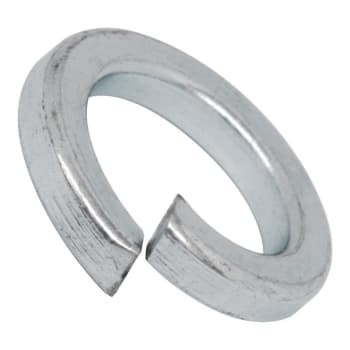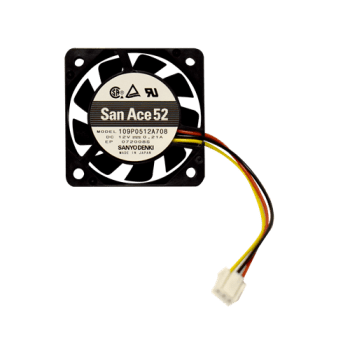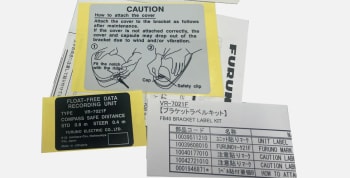
Furuno VDR VR-7000
Contact us
Skjemaet er nå sendt inn og en av våre selgere vil snarlig ta kontakt.
The VR-7000 collects ship and voyage data in accordance with regulatory requirements. VDR data provides a clear overview of events before, during, and after unwanted incidents, and in many cases, VDR data can be used to identify the causes of adverse events. VR-7000 VDR data can be easily extracted onto a USB flash drive and played back in a VDR Live Player in a convenient and user-friendly format. VDR data can then be effectively used for reviewing events with the aim of preventing future accidents.
Easy Access to Your VDR Data
- Can be delivered as full VDR or S-VDR
- VDR data can easily be exported to a USB flash drive
- Includes Live Player for monitoring and playback of collected data
- Easy cable connection
- Easy to integrate with the FURUNO INS Network
- Video LAN converter that converts radar signal (DVI/RGB) to Ethernet available as option
- Sensor adapter for all serial/analog/digital signals available as option
When the need for VDR data arises, it's an advantage that the bridge crew is trained in retrieving the data and can quickly play back and analyze the information. This is simple with the Furuno VDR VR-7000 and the included Live Player.
A PC with Live Player can be connected directly to the VR-7000, or the VDR data can be extracted to a USB flash drive. Based on experience, the data volume is typically 3–5 GB per 24 hours. Data from the last 30 days can be retrieved, and the user can define the specific time period for export.
It is easy to retrieve VDR data and analyze an event sequence with the Furuno VDR VR-7000 and its Live Player. A PC with Live Player can be connected directly to the VR-7000, or data can be transferred via a USB flash drive.
Furuno VDR VR-7000 is available as full VDR or S-VDR
The carriage requirement for VDR is divided between full VDR and S-VDR. A full VDR installation requires both a fixed and a float-free data recording unit (DRU), while S-VDR only requires one of these. Additionally, the data storage requirements are more extensive for a full VDR. A complete overview is provided in IMO’s performance standards for MSC.333(90) and for S-VDR MSC.163(78)

VDR VR-7000 Installation
A full VDR installation consists of:
- Data Collection Unit (DCU) with at least 30 days of storage capacity
- Fixed Data Recording Unit (DRU) with at least 48 hours of storage
- Float-free Data Recording Unit with at least 48 hours of storage
- Control panel including alarm handling
- Microphones
VR-7000 Gives you easy access to your data
The Furuno VDR VR-7000 collects vessel and navigation data in accordance with regulatory requirements. VDR data provides a clear picture of events before, during, and after incidents. In many cases, the data can be used to identify causes of unwanted events.
Practical VDR Data Playback
Since July 1st, 2014, the VDR performance standard has required the ability to play back VDR data using a laptop. This had already long been possible with Furuno VDR. Our Live Player V5 presents VDR data in a practical and user-friendly format.
A laptop can be connected directly to the VDR DCU, or data can be transferred via a USB flash drive and inserted into a PC running Furuno VDR Live Player. The USB port is made easily accessible via a small front panel hatch on the DCU, opened with a key.

Furuno VDR VR-7000 Data Collection Unit (DCU). A small, key-operated hatch provides easy access to VDR data via USB.
VDR RETROFIT
The complexity of a VDR retrofit project can vary greatly—from simple projects requiring only minor changes, to larger installations needing thorough planning. Talk to us about your VDR retrofit project! Our experienced service technicians will find the best solution and plan the project for maximum time efficiency.
VR-7000 SYSTEM CONFIGURATION
